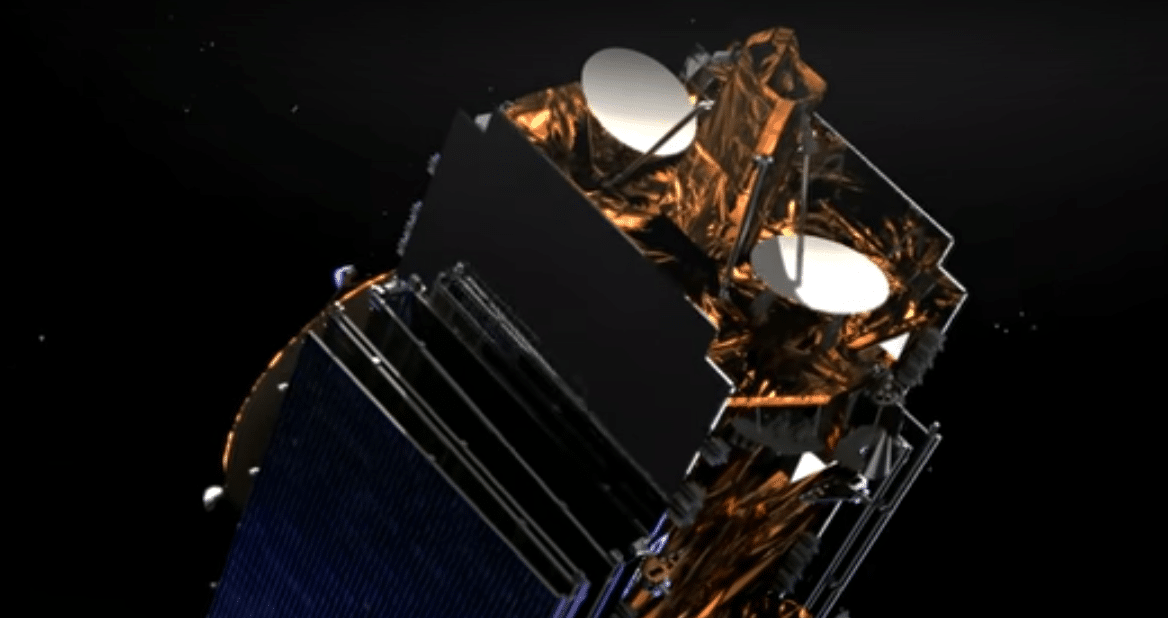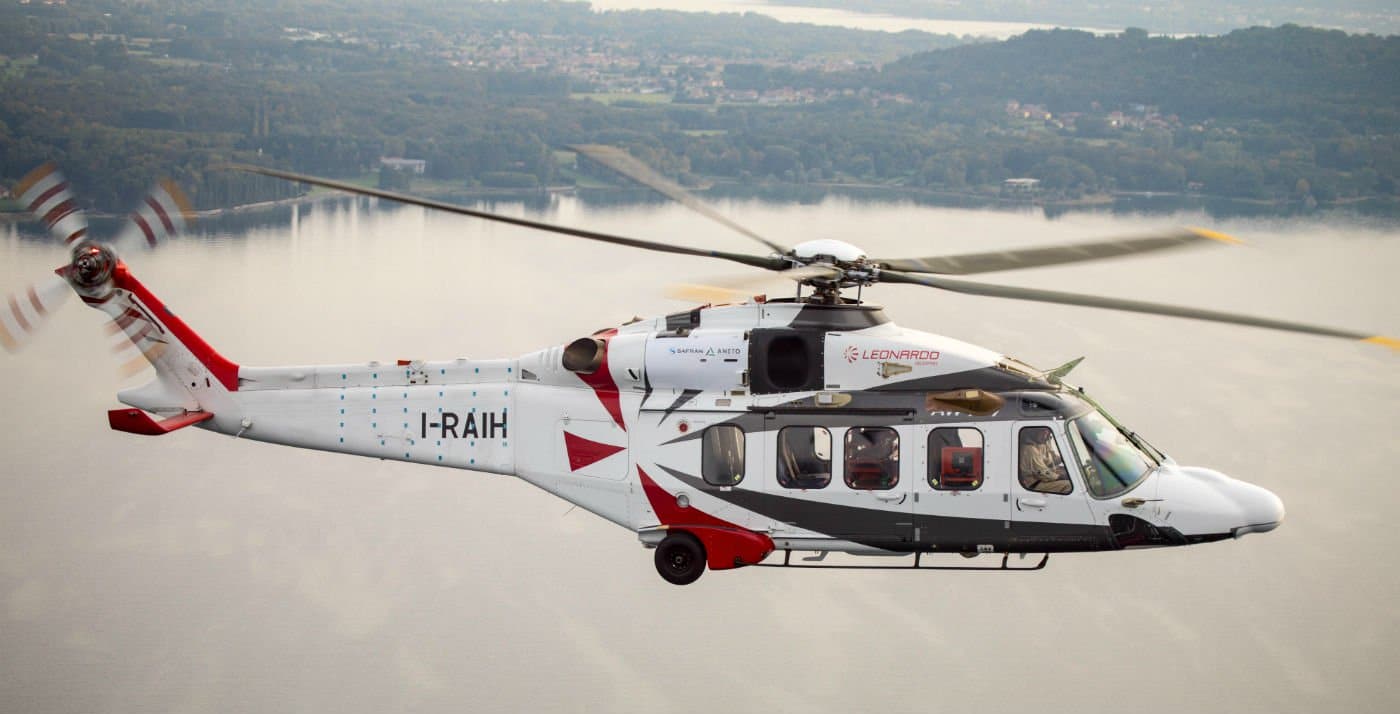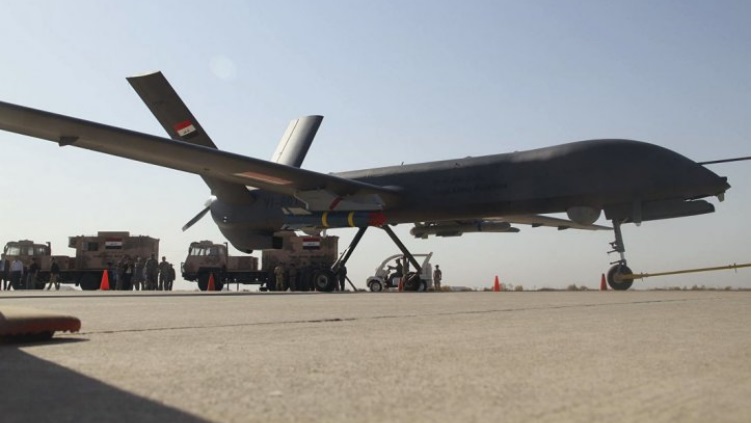2129Views 6Comments

Thales launches Brazil’s dual civil-military communications satellite
Thales Alenia Space launched two telecommunications satellites, among them the Geostationary Defence and Strategic Communications Satellite (SGDC), into orbit using an Ariane 5 launcher from the Kourou base in French Guiana on Thursday, May 04.
Brazil ordered the SGDC in December 2013 with the intention of providing the Brazilian government and armed forces with secure communications means and to deploy the country’s National Broadband Plan. As per the Brazilian Ministry of Defence (MoD), the SGDC will provide nationwide internet coverage.
The satellite had been ready for launch in February.
The SGDC is built on the Spacebus 4000 platform. The SGDC is equipped with two payloads, one with 50 Ka-band transponders (with an aggregate throughput of 80 gbps) and another with seven X-band transponders (for the Brazilian MoD). Under the contract, Brazil will also receive the equipment necessary for managing the satellite from the ground.
There is also a transfer-of-technology aspect to the SGDC program. Thales Alenia Space established in the San José dos Campos technology park to work with local stakeholders in relation to the SGDC. In addition, 30 Brazilian engineers were trained by Thales Alenia Space.
According to the Brazilian MoD, the SGDC will have a lifespan of 18 years. The Brazilian Air Force (FAB) will be responsible for managing and operating the satellite. To support the FAB, a new entity – the Main Space Oeprations Center (COPE-P) – was raised. The SGDC contract is worth U.S. $558.1 million.
As per Thales Alenia Space, discussions are underway for the SGDC-2, which in turn may involve deeper Brazilian input and technology-transfers. The SGDC program’s local partners, namely Visiona Tecnologia Espacial S.A. (a collaborative effort between Embraer and Telebras), and Thales Alenia Space hope to offer joint solutions for third-party markets.
Notes & Comments:
The SGDC will provide the Brazilian military with a beyond-line-of-sight radio communications system. It is a strategically important addition as it will open Brazil to flexibly use assets such as long-range and high-endurance unmanned aerial vehicles (UAV) and securely communicate at long-range, even in rain or with natural terrain obstacles. The SGDC is a reflection of the scale of Brazil’s military modernization plans – it joins ongoing programs such as the JAS-39E/F Gripen, KC-390 and PROSUB.



6 Comments
by MT
Brazil should co-operate with India on give and take basis for satellite and civilian aircraft industry.
If Brazil can help india develop 100seater civilian aircraft then India can reach out on space surveillance, communication system esp on SAR spy satellite with monochromatic and multi spectra reconnaissance imaging .
Basic ku band transponder technology which we used in SAARC satellite is something it cost 300mill$ +100mill$launch while India built and launched the satellite with its own vehicle for barely 70mill$
by Aaif khan
Yes! Or you can say, India should reach out to Brazil. That will be great.
by Superior Shakeel
The satellite has a net weight of 5,735 KG that’s roughly 5.7 tonne to GEO.
While achievements of your space agency are rather impressive, you don’t have any launcher to lift that kind of payload to orbit at the moment you will get there but you don’t have any capability regarding that as of now.
Your GSLV at best can put 2.7 tonnes if all things go perfectly maybe 3.0 tonnes with uprated engines and more fuel which is impressive but is a far cry from monstrous 5.7 tonnes which is less than half of the actual lift capacity of Ariane 5.
Also India uses the same Ariane 5 rocket For its own heavy launches too so it makes sense for Brazil or any nation for that matter to go with reliable heavy launcher.
Also why would Brazil possible create another rival by co operating with you in the most cutthroat industry of all or commercial aviation at best they will co-manufacture something you may need but transferring experience and tech very slim chance of that ever happening.
by amar
hi SS,
ofcourse, India doesnt have capacity to place 5.7t to GTO at the moment,however once GSLV mk3 comes online,India will be in 4-5t bracket. Infact plans are in place to gradually increase the payload to beyond 6t to GTO with semi-cryogenic engine and bigger cryo engine. 6.5t is pretty much achievable in next 3-5 years.As semi cryogenic engine is nearing completion and it will replace coupled vikas engines as main stage in gslv mk3. This will tremendously increase our payload capacity and make us more capable in international launch market. In case you doubt,kindly do attend ISRO seminars or watch their videos online on youtube,you’d get a drift of what is happening in terms of research and how are they gonna increase their payload capacity. Finally,yes,india will have 6.5t GTO in next 3-5 years!
by Headstrong
Look out for GSLV Mk 3 later this month. If it’s successful, will mean an increase in capacity to handle 4 ton satellites.
by MT
Semi cryogenics SCE200 is already build but it’s planned for 2020 so
Th proposal to include the SCE-200[31] with current MK3 in order to boost its payload capacity to 6 tonnes to GTO approximately around 3yrs from now
The bigger cryogenics engine CE500 is under development which combined with SCE200 ll be named as ULV the one launch with a different configurations vehicle ll been used to launch satellites from 2000kg to 12000 kg in GTO.
PSLV manufacturing/development is being moved to private companies once ISRO begins to launch half dozens GSLV from 2020 onwards